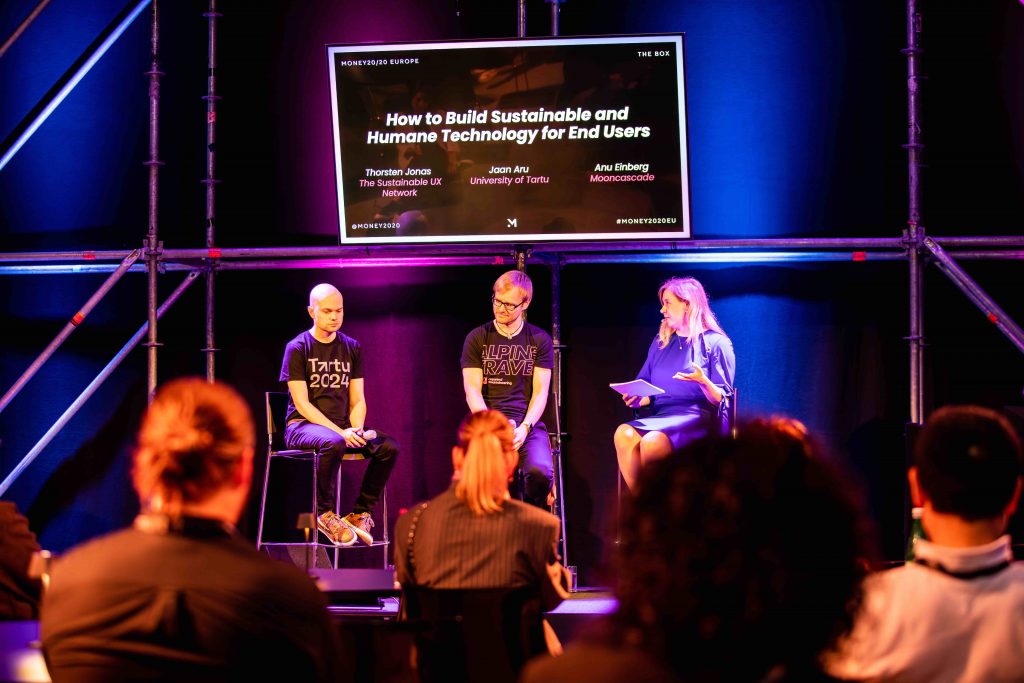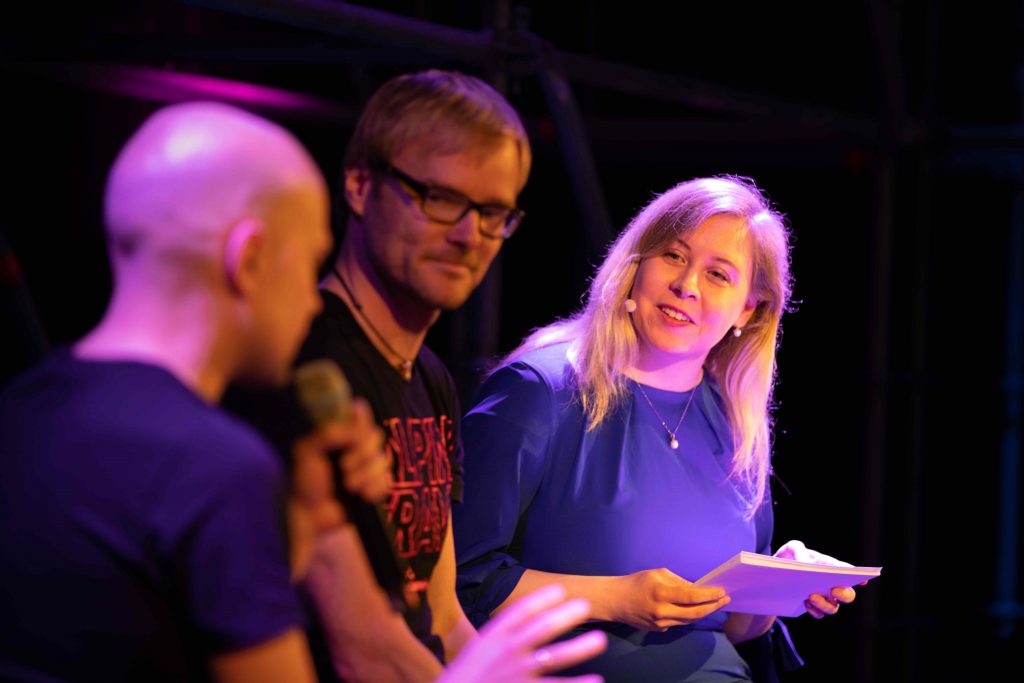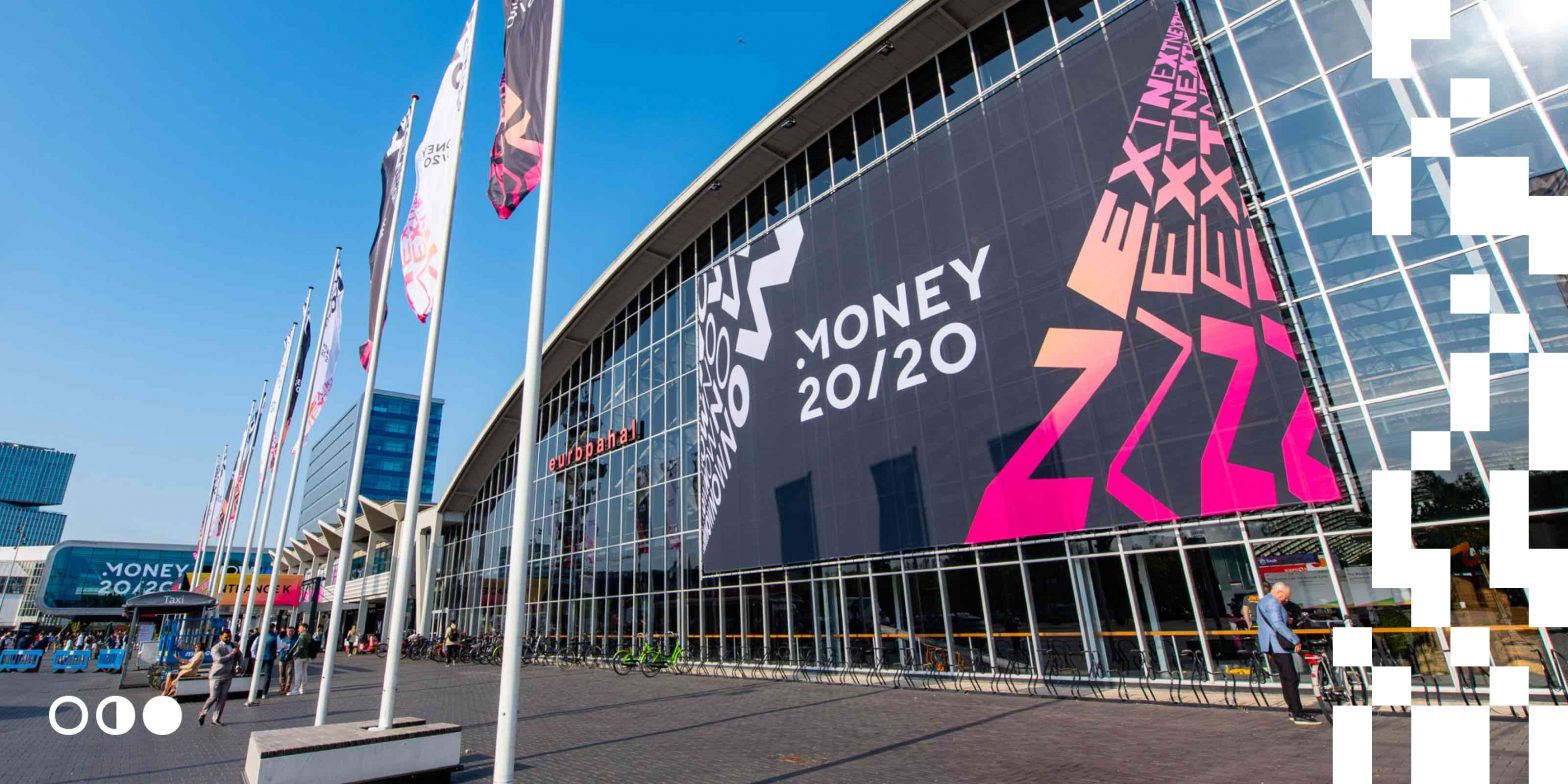Mooncascade took the stage at Money 20/20
Mooncascade was prominently featured at Money 20/20 (held from June 6-8, 2023) in the Dutch capital of Amsterdam. We were thrilled to take the stage on the final day and extend our presence beyond the confines of our booth.
The spotlight shone on Anu Einberg, who led an insightful discussion on the development of sustainable and user-centric technologies. Joining her on the panel were neuroscientist Jaan Aru and Thorsten Jonas, an established expert in sustainable user experience and founder of the Sustainable UX Network. Together, they enthusiastically engaged the audience in this compelling and socially significant topic.

While the technology sector has achieved remarkable success in attracting users and driving substantial growth, it’s crucial for us to reflect on our achievements and evaluate whether our expertise in this area has led to excessive dependence on technology (resulting in issues such as addiction and fragmented attention among users). Therefore, it’s imperative that we strike a balance in our approach (read more on that from our blog posts on human sensitivities and value-sensitive design).
We must consider the opportunities that arise when we shift our focus from technology addiction to harnessing its potential to foster user creativity and address genuine needs. By expanding our perspective and empowering users to unlock their creativity and discover real value in our products, we can usher in a new era of innovation.
Achieving truly sustainable technology requires us to look beyond the immediate user experience and consider the broader impact of our products. Every creation exists within a larger ecosystem, and it’s important to recognize that convenience often comes at a hidden cost to others. By incorporating multiple perspectives and considering the wider implications, we can develop solutions that benefit all stakeholders. Together, we can contribute to a more harmonious world.
Sustainable design demands that we broaden our perspective beyond the individual user or customer and prioritize the well-being of society and the environment. (For example, did you know that the average website’s annual carbon footprint is equivalent to 25 flights from Amsterdam to New York?)

By making conscious design decisions, we have the opportunity to significantly reduce this environmental impact and promote a more sustainable future. Sustainability is no longer merely an ethical choice; it’s a strategic imperative. Companies that fail to prioritize sustainability risk lagging behind in the marketplace. By implementing meaningful changes to our products and processes, regardless of scale, we can collectively make a significant difference and pave the way for a sustainable future.
In summary, by integrating psychological considerations and environmental sustainability into the core of our practices, we hold the power to create a lasting impact and contribute to a responsible and resilient future. Let us take this opportunity to make a positive difference: not only in our products, but also in the lives of our end consumers and the operations of our businesses.
Together, we can lead the way towards a brighter and more sustainable world.


